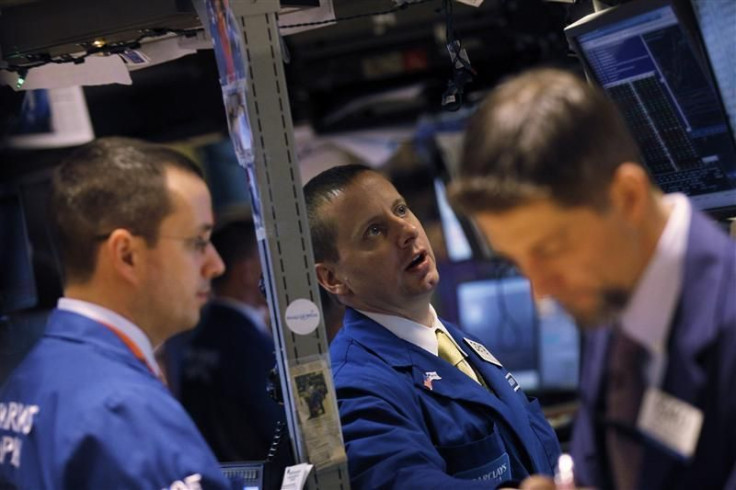U.S. Economy Boosts Wall Street in the First Week of the New Year

Stocks rose in the first week of this year, even though news that the U.S. jobless rate neared a three-year low did not whet interest in equities on Friday.
The U.S. market came into the new year revisiting familiar themes, with signs the U.S. economic recovery was gathering speed taking some of the focus off of lingering concerns about the Eurozone's debt crisis.
The news coming out of Europe was negative all week and we're going to finish up, and I think that's a real good performance in light of the background, said Jack de Gan, chief investment officer at Harbor Advisory Corp in Portsmouth, N.H.
For the week, the Dow Jones Industrial Average rose 1.2 percent, the S&P 500 gained 1.6 percent, and the Nasdaq Composite added 2.7 percent, with most gains coming from cyclical sectors tied to growth.
Among the week's largest gainers, the KBW bank index jumped 5.7 percent, in contrast with the 2.7 percent fall in the top gauge of European bank stocks.
Data this week painted a rosier picture on the labor, housing, and retail markets, auguring a recovery in growth in 2012. The government's report on nonfarm payroll jobs for December on Friday was the latest in a list of economic numbers that were stronger than anticipated.
On Friday, the Dow and S&P 500 edged lower. Worries about higher bond yields in Italy and Spain, as well as potential oil supply disruptions in the Middle East, were cited as reasons giving investors pause.
Next week brings bond sales by Italy and Spain. Caution ahead of those auctions sent Italian benchmark yields above 7 percent, while yields in Spain's 10-year paper also edged up to end the week at 5.758 percent.
Worries on Wall Street over rising borrowing costs in some Eurozone countries kept buying in check on Thursday and Friday.
There were a lot of fireworks earlier in the week and perhaps there's a little bit of nervousness going into the weekend with Europe and Iran as concerns, said Jim Russell, regional investment manager for U.S. Bank Wealth Management in Cincinnati. It feels like a tired market.
On Friday, the Dow dropped 55.78 points, or 0.45 percent, to 12,359.92. The S&P 500 Index fell 3.25 points, or 0.25 percent, to 1,277.81. The Nasdaq Composite gained 4.36 points, or 0.16 percent, to 2,674.22.
Volume remained weak, with about 6.3 billion shares changing hands on the New York Stock Exchange, the Nasdaq, and the Amex, compared with last year's daily average of 7.84 billion shares.
Investor angst receded and the CBOE market volatility index (VIX) fell almost 12 percent this week.
Best Buy Co. shares rose 3.3 percent to $24.22 as the company stood by its profit outlook for the financial year.
Amazon and Netflix helped boost both the Nasdaq Composite and the discretionaries sector of the S&P 500. Amazon added 2.8 percent to $182.61, while Netflix gained 8.8 percent to $86.29 and was up nearly 25 percent this week.
Alcoa Inc. fell 2.1 percent to $9.16 after the largest U.S. aluminum producer said it will cut global smelting capacity amid a steep drop in metal prices. The Dow component is expected by many Wall Street analysts to post a fourth-quarter loss on Monday.
Roughly eight stocks fell for every seven that rose on the NYSE, while on the Nasdaq slightly more than six issues declined for every five posting gains.
(Reporting by Rodrigo Campos; Editing by Kenneth Barry)
© Copyright Thomson Reuters 2024. All rights reserved.





















